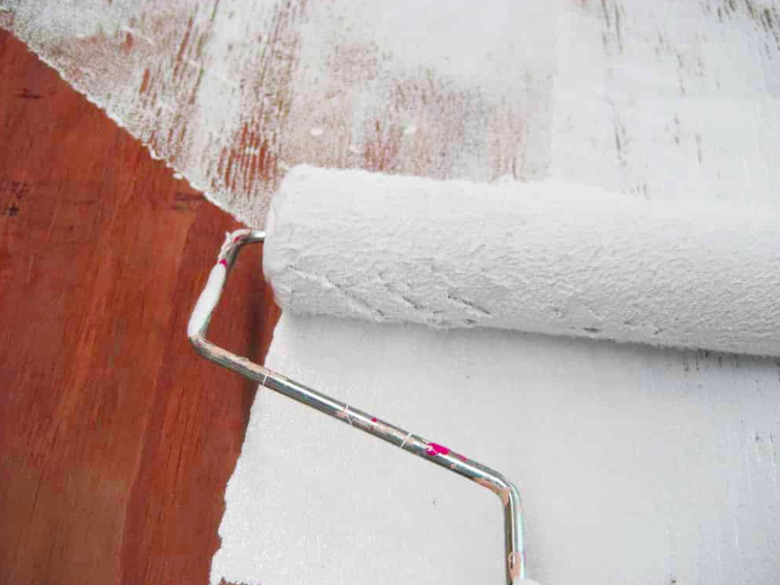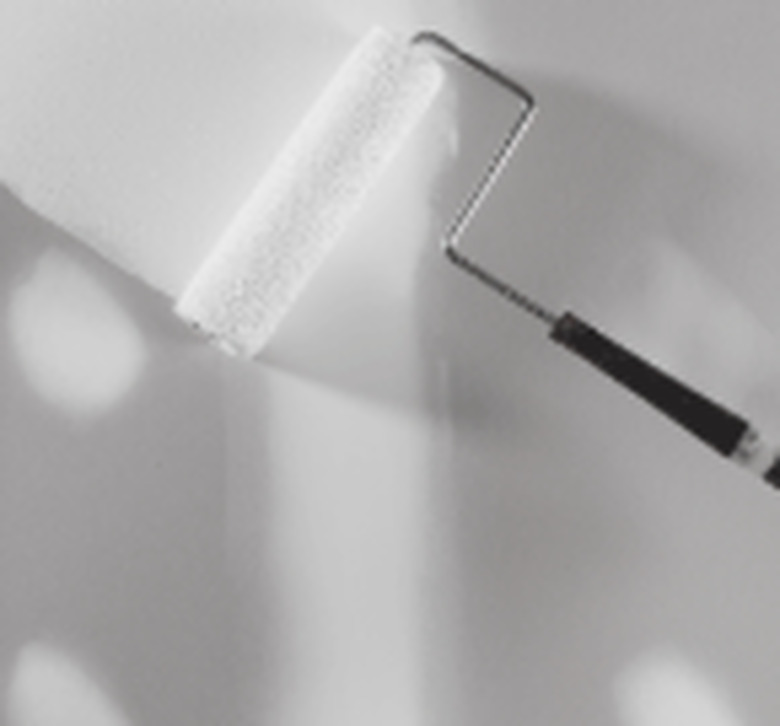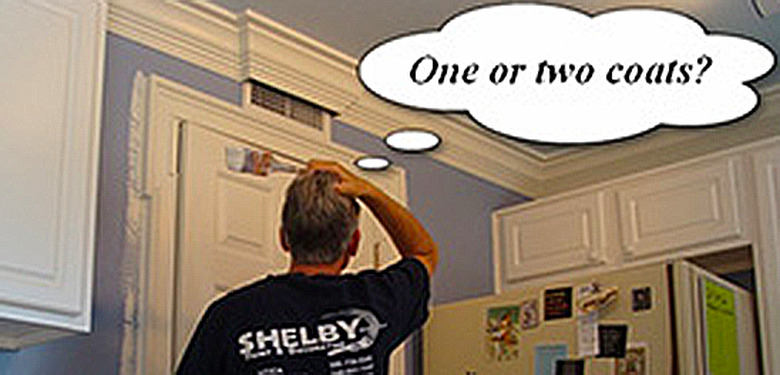How Many Coats Of Primer And Paint Do I Need?
The run-up to a painting job always calls for a determination of the amount of paint you need, not only for cost purposes, but also to ensure you don't run out of paint or buy too much. Most painting jobs also require primer, but if saving time and money is a priority, you may be tempted to skip it, either by using a paint-and-primer-in-one product or by omitting the primer altogether. That may or may not be a good idea, depending on what you're painting. When you're dramatically altering the color of a wall, a coat of primer can actually help you save money on paint by reducing the number of coats needed, and if you're painting over unfinished wood or drywall, you need the primer—period. A paint with primer won't cut it when you need to seal new material.
When it comes to applying a color coat, you may find that one coat does the job, but don't count on it. Unless the paint you use is the same color as the existing paint, or close to it, you're almost always going to need at least two coats. When painting furniture or woodwork, you may even need three to get a satisfactory finish.
What a Primer Does and When to Use One
What a Primer Does and When to Use One
Primer looks like paint, but it isn't. It contains a much higher ratio of resins to pigments, and it usually has no sheen. The resins do two things: They seal porous surfaces and they prevent stains and tannins from knots in wood from bleeding through. You can find stain-blocking primers that are water-based, but for really tough jobs that call for extra stain blocking, you may need a shellac-based product.
When it comes to priming drywall, use drywall primer. The PVA ( polyvinyl acetate) binder in the primer is the same material that makes carpenters' glue sticky, so it seals as well as provides a more adhesive substrate for the paint. That means no peeling or lifting after a few months. Unfinished wood always needs a primer. A water-based product works in most cases, but use a shellac-based primer for knotty wood, especially knotty pine.
One coat of primer is usually all it takes. You're not going for complete coverage, and streaks don't matter.. You just want to make sure that every part of the surface has some primer on it, even if the overall coverage looks uneven. You may need two coats, however, if you are priming over knots or stains and they are still visible after the first coat dries.
You can usually skip the primer if you're painting over old paint and you're not dramatically changing the color. This is particularly true if you're using a paint that has primer included. Just make sure to clean and degloss the existing paint surface. If the walls are sooty or covered with cigarette smoke, though, a coat of primer will make the actual painting easier and will guarantee adhesion. The primer also helps if you're dramatically changing the color.
Tip
Add some colorant to the primer to tint it toward the color of the topcoat. Doing this will improve paint coverage and reduce the number of coats you need.
How Many Coats of Paint?
How Many Coats of Paint?
As a rule of thumb, expect the job to require two coats. The only time you can safely assume that it won't is when you're repainting a wall with the same color or one close to it, if you were able to tint the primer to a hue close to that of the top coat, or if you're using a top-of-the-line paint with primer product included. The quality of the paint has much to do with coverage, so if you use a top-quality finish coat, you may find that the finish you can achieve with a roller is good enough to allow you to go back and touch-up streaks and holidays with a brush.
When painting furniture or woodwork, you should always count on two coats of paint. This isn't just to guarantee full coverage, but also to optimize the quality of the finish. To get the best finish on furniture, whether painting with a brush or a sprayer, you should always apply one coat, then lightly scuff with sandpaper before applying the second coat. If you want a really high-quality finish, scuff again and apply a third coat.
A pro rarely expects quality results with a single coat of paint. Pros know that if you go for complete coverage by laying on a thick coat, especially with a low-quality product, you'll probably get drips, sags and visible streaks. The basic painter's mantra: "Two thin coats is better than one thick one" applies in all but a few cases.


